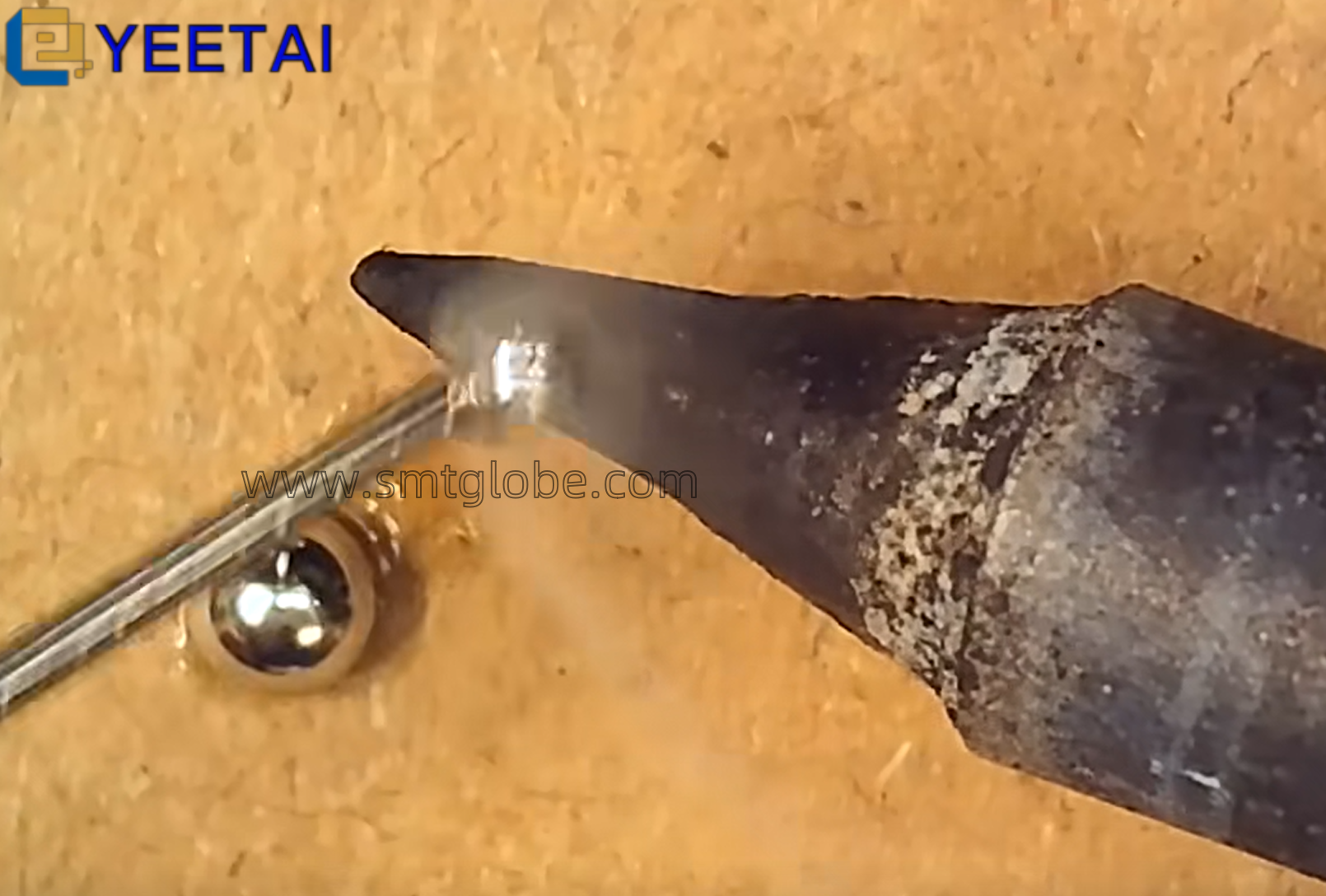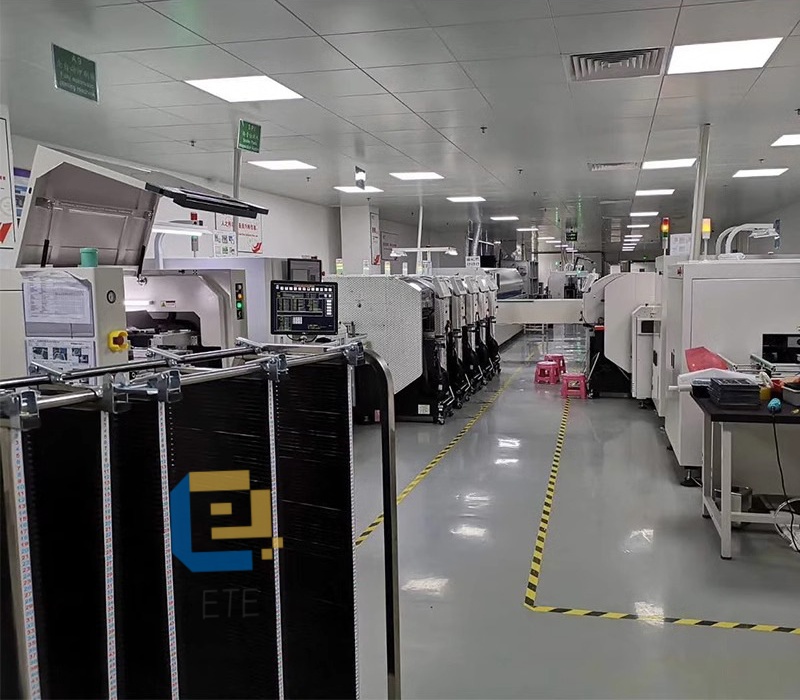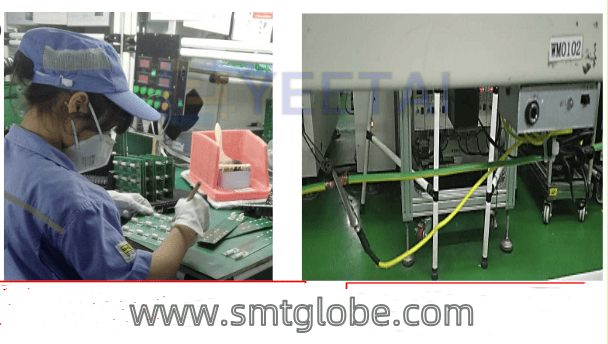In the SMT (Surface Mount Technology) production process, the SMT feeder plays a crucial role in determining the placement rate of components. Abnormalities in the feeder, particularly related to feeding issues, can significantly affect the efficiency of the SMT assembly line. This article will explore how different factors related to SMT feeders can influence placement rates, using mechanical drive feeders as a primary example. We will illustrate how SMT Feeder Abnormalities has an impact on SMT Placement Rates? And how to solve this problem.
1. Deformation of Structural Components
One of the main factors impacting placement rates is the deformation of structural components within the SMT feeder. Over time, due to prolonged use or improper handling by operators, parts such as the pressure cover, pins, springs, and other moving mechanisms may become deformed or corroded. This deformation can lead to issues such as misalignment of components, improper lifting of parts, or failure to pick up components altogether. Such problems can severely reduce the placement rate of the pick-and-place machine. Therefore, regular inspections are essential to identify and address these issues promptly, preventing significant material waste. Additionally, it is crucial to ensure that the feeders are correctly and securely installed on the feeding platform, particularly regarding the height detection of the feeder.
2. Wear of the Drive Mechanism
The drive mechanism of mechanical feeders relies on a cam spindle to operate the feeding mechanism. This system quickly activates the feeder’s pick-and-place arm, which, through a linkage, drives the ratchet to advance the component tape. However, with prolonged use, the ratchet mechanism can experience significant wear, leading to failure in properly driving the tape and, consequently, the inability of the suction nozzle to complete the pick-up action. This wear directly impacts the placement rate of the SMT machine. Thus, it is essential to thoroughly inspect the feeder before loading the component tape. Any worn ratchet components should be repaired immediately, and if repair is not feasible, they should be replaced without delay.
3. Insufficient Lubrication
Another critical factor that can affect the placement rate is inadequate lubrication of the SMT feeder. Maintenance and care of the SMT feeders are often overlooked, leading to frequent jams and other operational issues that hinder the efficiency of the placement process. Regular cleaning, washing, and lubrication are vital tasks that should not be neglected. Proper lubrication ensures smooth operation and minimizes the risk of mechanical failures that could disrupt the assembly line.
Conclusion
In summary, abnormalities in SMT feeders can have a profound impact on the placement rates of SMT machines. Addressing issues related to structural deformation, drive mechanism wear, and insufficient lubrication is essential for maintaining high production efficiency. Regular maintenance and proactive inspections can help prevent these problems, ensuring that SMT feeders operate effectively and contribute to a successful SMT production process.
At YEETAI, we produce all kinds of feeder to upgrade SMT machines.



